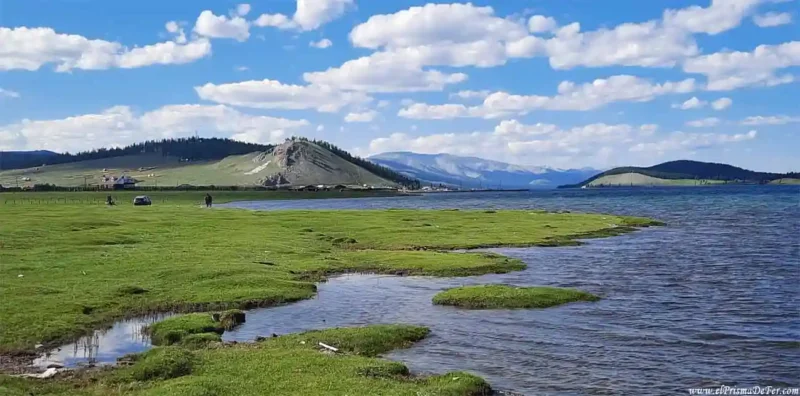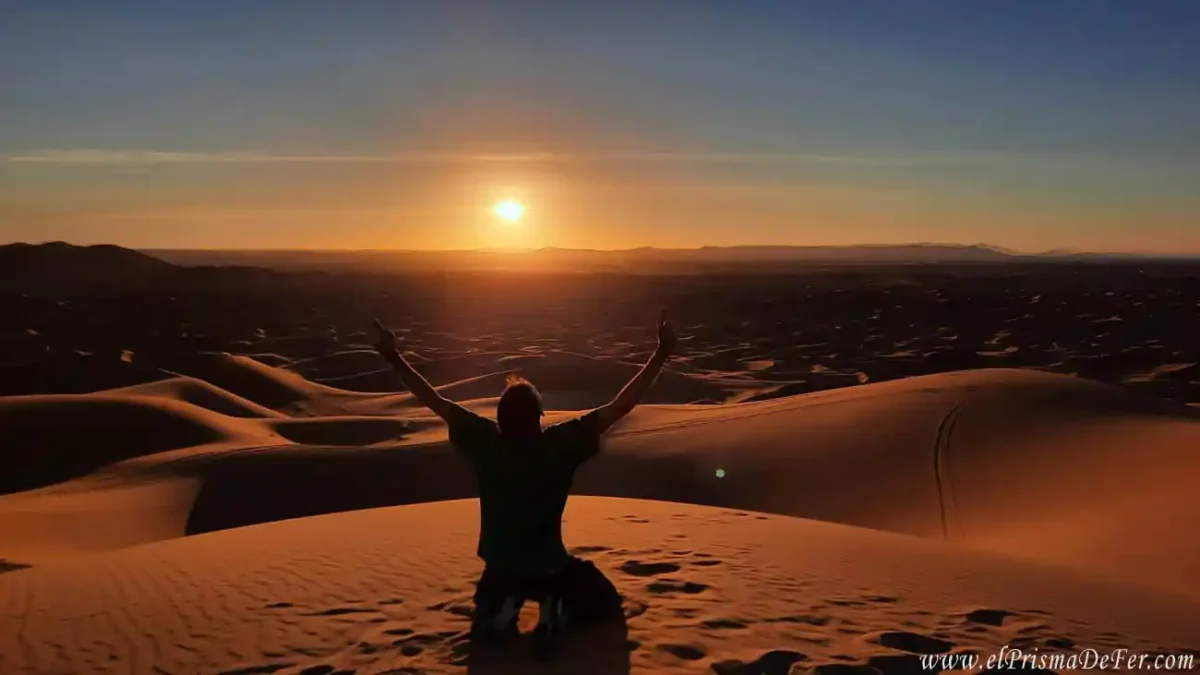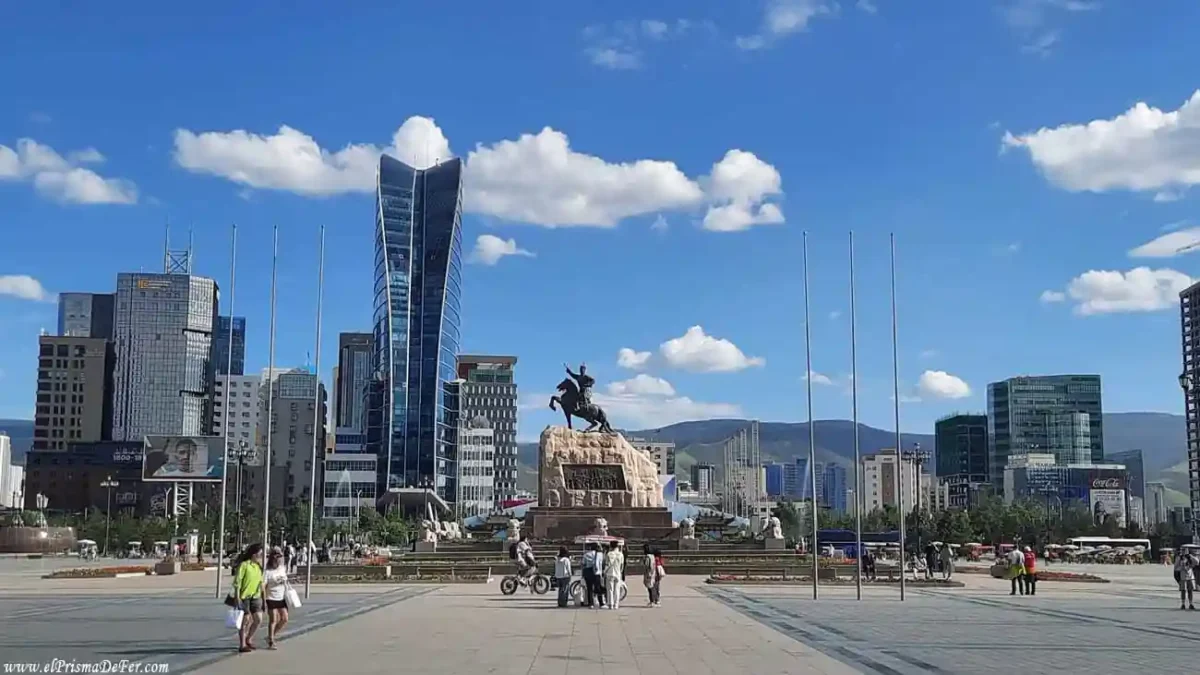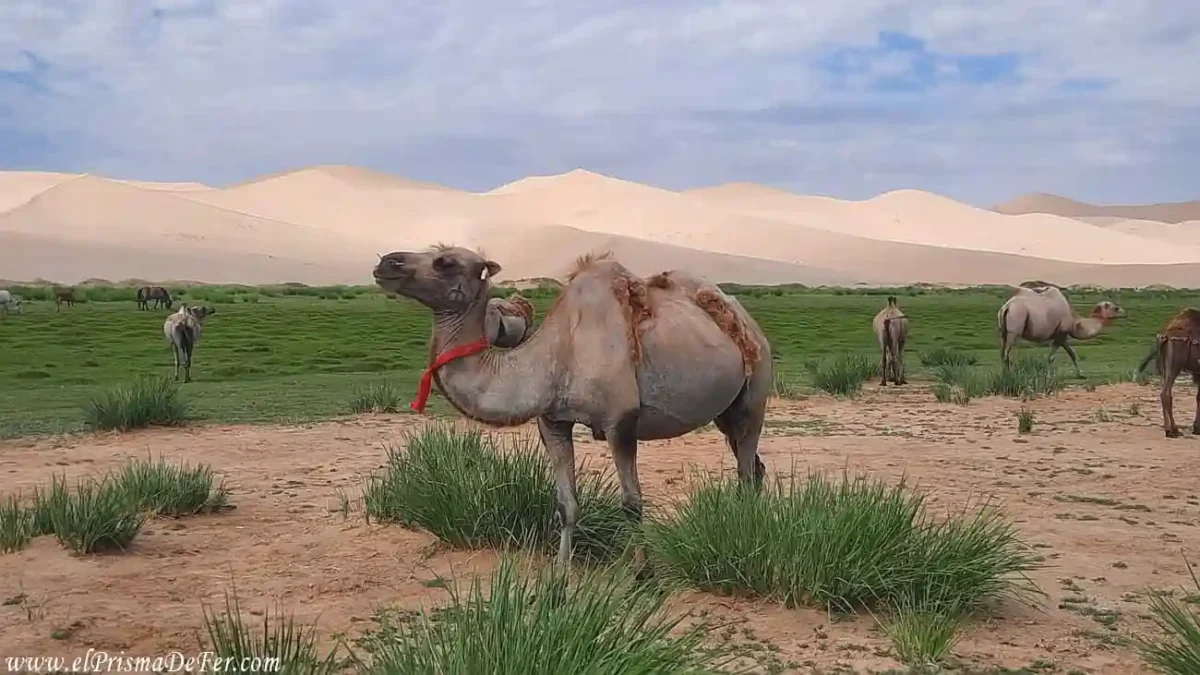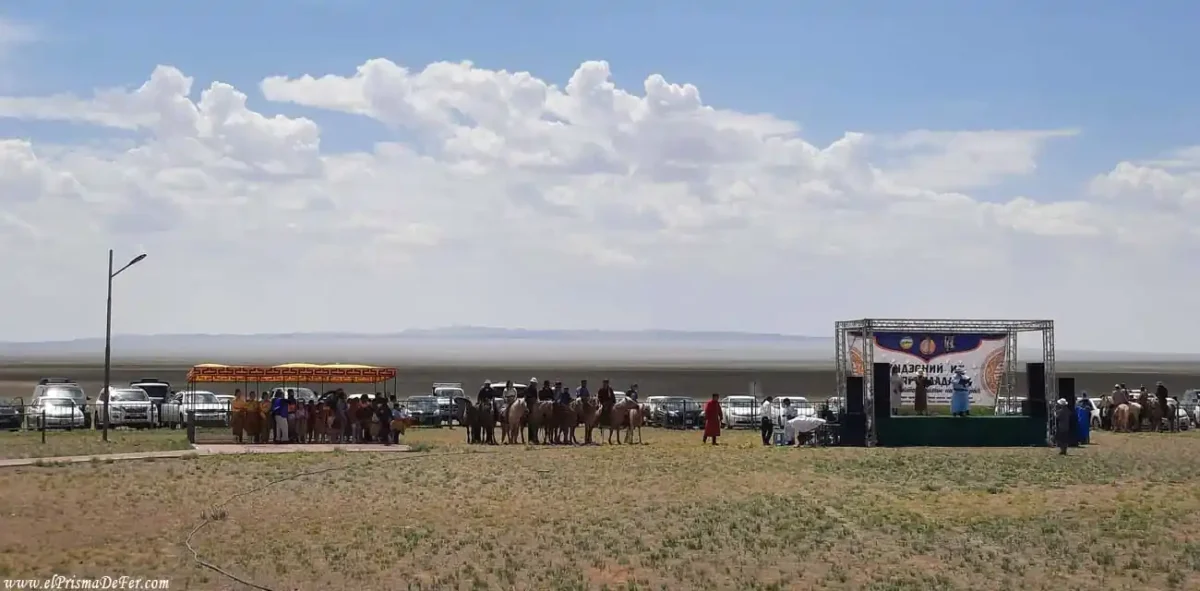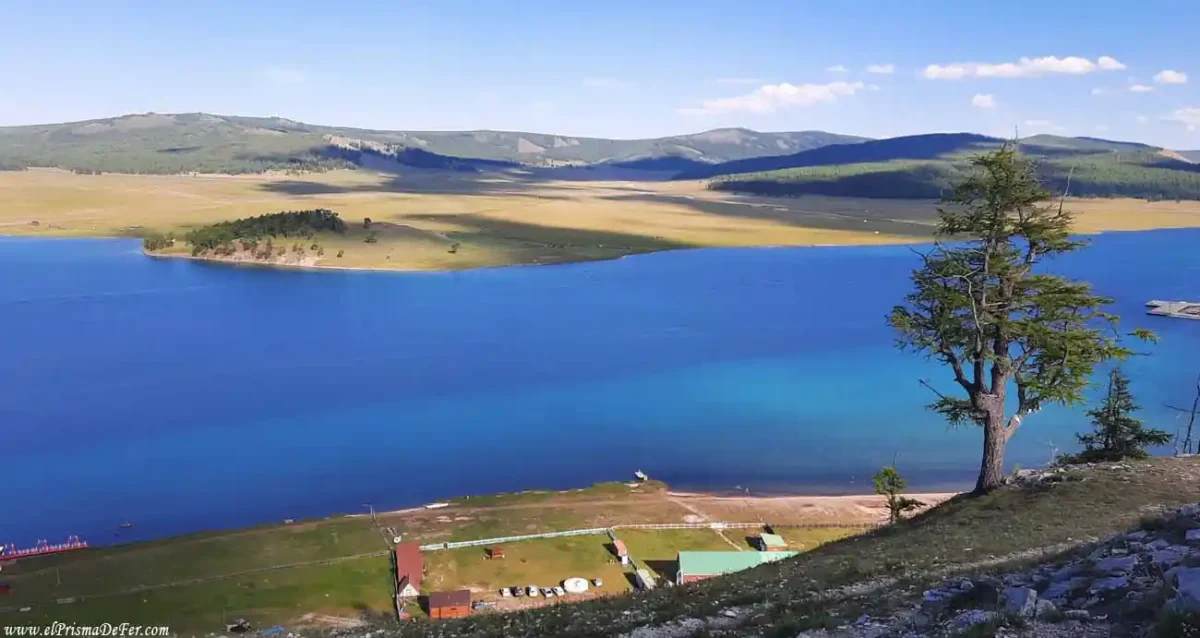Mongolia is a country that feels like another planet: vast, endless plains, immense skies, and a nomadic culture that's still very much alive. In two weeks, I traveled from its capital, Ulaanbaatar, to the tranquil Lake Khövsgöl in the far north and trekked through the Gobi Desert in the south.
In this itinerary, I'll tell you how to make the most of two weeks to discover part of Mongolia. This isn't a trip designed for those looking for convenience or the logistics of a tour, but rather a route designed for independent exploration, using buses to get to provincial capitals and a dedicated tour to explore the Gobi Desert. It's an experience that combines long journeys, basic public transportation, and destinations with limited tourist infrastructure.
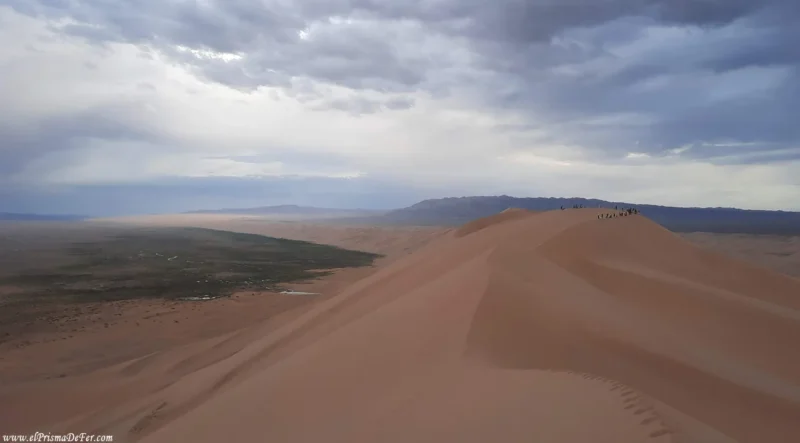

Table of Contents
What to see in Mongolia
Mongolia offers unique landscapes and a surprising cultural richness. From modern Ulan Bator to the Gobi Desert and northern lakes, every corner of the country offers distinct experiences, ideal for those seeking nature, history, and authentic traditions.
The capital, Ulaanbaatar
Although many travelers use it only as a point of arrival and departure, Ulaanbaatar deserves at least a couple of days. Here you can visit the Gandantegchinlen Monastery, where monks continue their Buddhist rituals, the National Museum of Mongolia, ideal for understanding nomadic history, and the new Genghis Khan Museum, to learn about the legacy of the Mongolian leader. Sukhbaatar Square is the heart of the city, surrounded by historic and modern buildings, and a good place to observe urban life.
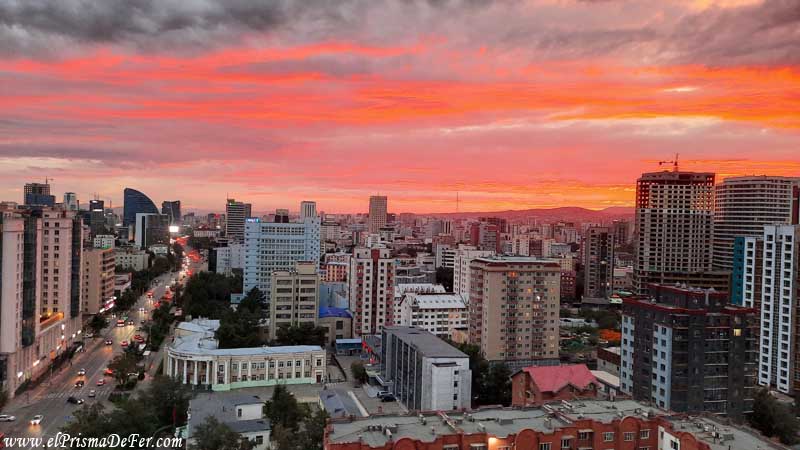
Kharkhorin, the ancient Mongolian capital
Founded by Genghis Khan in the 13th century, Kharkhorin was for a brief but intense period the center of the Mongol Empire. Although much of the original city has disappeared, today you can visit the Erdene Zuu Monastery, built in the 16th century with stones from the old capital. The complex is surrounded by 108 white stupas and holds a special atmosphere, especially at sunset. The local museum helps you imagine what life was like in this city that once connected the Silk Roads and the great Mongol conquests.
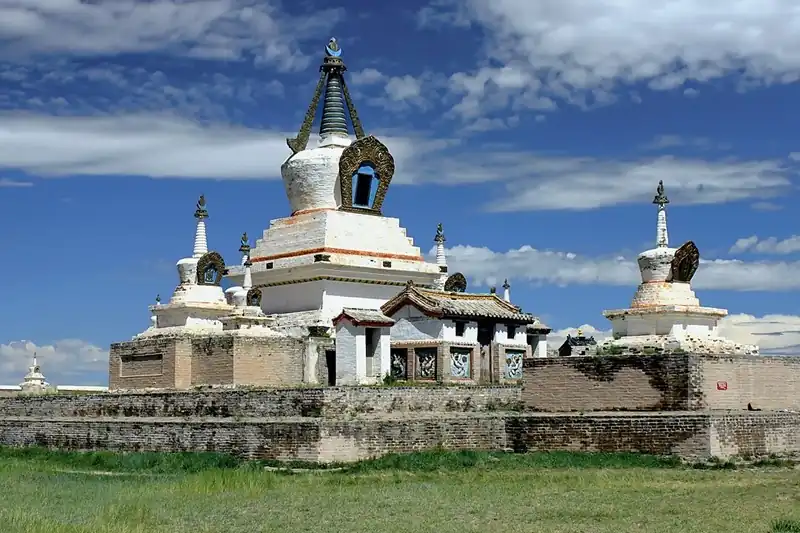
Lake Khövsgöl
In the far north of the country, very close to the border with Russia, Lake Khövsgöl is one of Mongolia's natural treasures. Over 130 km long with crystal-clear waters, it is surrounded by forests and mountains, making it a beautiful place for hiking, kayaking, and horseback riding. Local communities, such as the Tsaatan reindeer herders, offer a unique opportunity to experience a nomadic lifestyle that has barely changed in centuries.
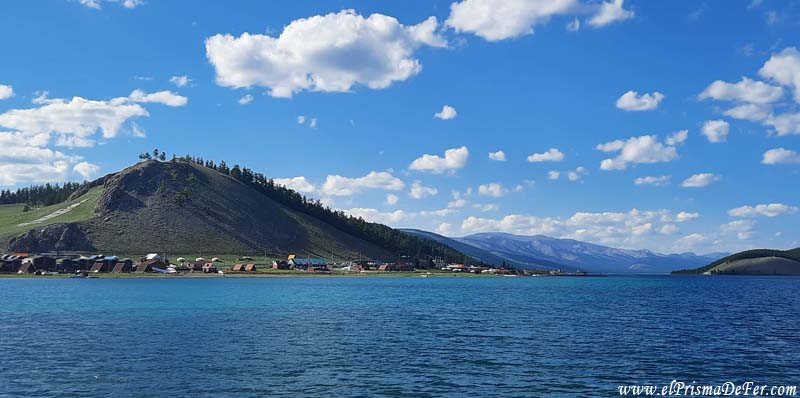
Gobi Desert
In contrast to the greenery of the north, the Gobi Desert displays an arid landscape but full of surprises. The Khongoryn Els dunes are a sea of golden sand that changes shape with the wind, while the Yolyn Am canyon surprises with rock walls and, in winter, ice that can last well into summer. The Flaming Cliffs are famous for their reddish tones and for being an important site for dinosaur fossils. Traveling through the Gobi is like immersing yourself in wild and silent nature.
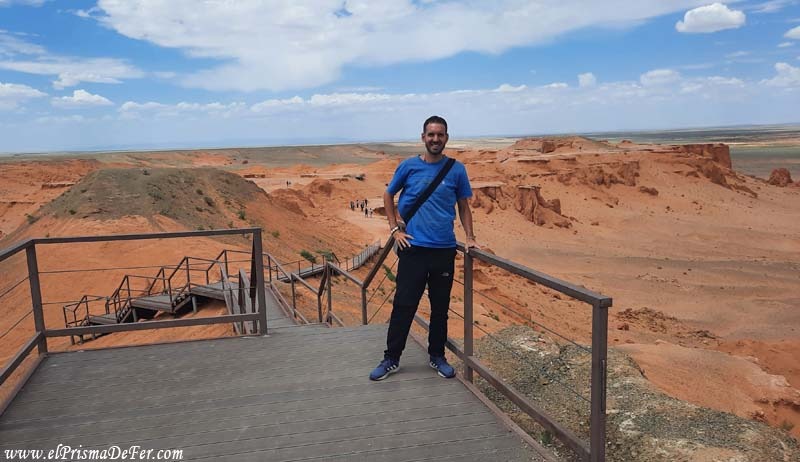
Western Mongolia – Altai Mountains
In the far west of the country, the Altai Mountains mark the border with Russia and China. It is a wild, remote, mountainous region famous for its snow-capped peaks, glaciers, and glacial lakes. Kazakh communities live here, still practicing eagle hunting, a tradition that has been alive for centuries. It is an ideal destination for trekking, expeditions, and those seeking alpine landscapes without the crowds.
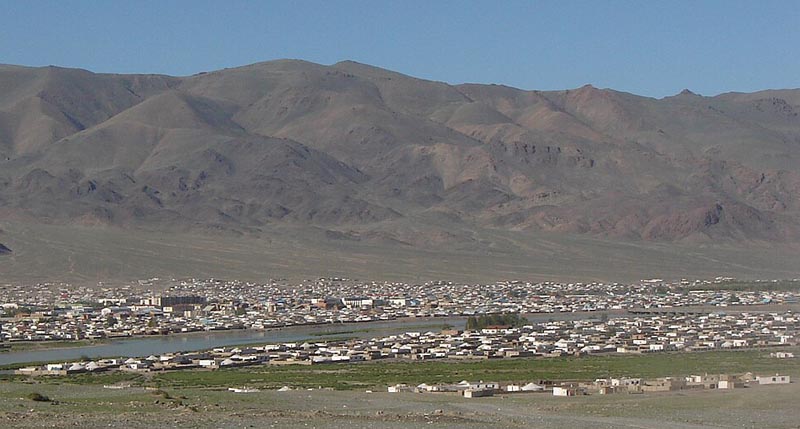
Eastern Mongolia
Less visited than the Gobi or the north, the east of the country is a vast region of steppes, rolling hills, and historical sites associated with Genghis Khan, such as his supposed birthplace and memorials. It's also home to wildlife, including Mongolian antelopes and migratory birds. It's an ideal area for those looking to explore a more rural and isolated part of Mongolia, far from the usual tourist trails.
Explore Mongolia on organized tours
Taking a tour of Mongolia is undoubtedly the most practical way to explore the country, allowing you to explore diverse landscapes and experience unique experiences in just a few days, such as visiting nomadic communities or living with ethnic groups in remote locations. These trips typically include transportation, a guide, meals, and accommodation in gers, and can be tailored to your interests so you can see a little of everything Mongolia has to offer.
The downside is that comprehensive tours are often expensive, especially if they include long journeys. A more economical option is to skip the entire package and instead book excursions and activities from cities near the points of interest, such as Olgii, Dalanzadgad, or Khatgal, allowing you to maintain a degree of independence and reduce expenses.
I didn't book any tours, but the hostel where I stayed in Ulaanbaatar worked with Guesthourse & Tours, offering both standard tours and custom itineraries. I could see that the travelers who booked their services were happy with their experience.
What I liked most about my stay in Mongolia
Discover the Gobi Desert
Of the entire trip, my visit to the Gobi Desert was undoubtedly the most impressive. It's one of the most impressive deserts I've ever seen, with gigantic dunes that seem endless and an oasis that appears like a mirage amidst such vastness.
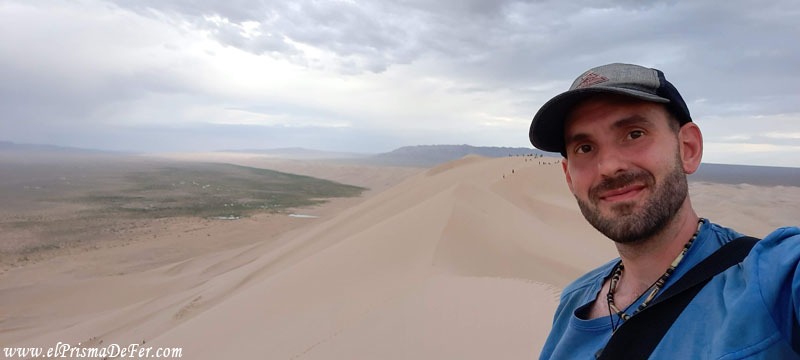
Furthermore, its remote location gives it a special charm: here there is no village stuck together like in Merzouga, but rather the feeling of being truly far from everything, in an isolated and wild place.
The skies, the endless steppe and the gers
Another thing that fascinated me was the Mongolian skies and clouds, which seemed like something out of a dream, like an oil painting, and the endless steppe that stretched to the horizon. Among these landscapes, the scattered gers added a unique touch, reminding you that nomadic life is still part of everyday life. The combination of open spaces, unspoiled nature, and pure atmosphere is something difficult to find elsewhere.
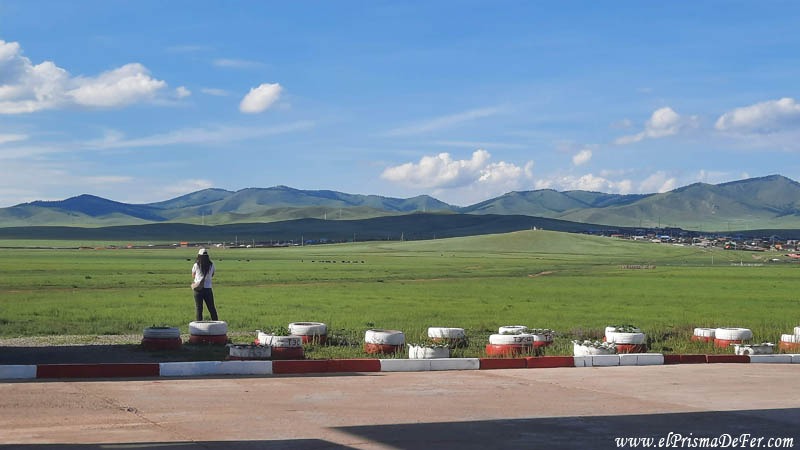

Map showing the route of the itinerary through Mongolia
Details of the 2 week trip to Mongolia
In total, I spent about six days in Ulaanbaatar, which ended up being my mandatory base for traveling to other parts of the country. This is because, to reach provincial capitals or major tourist spots, you almost always have to go through the capital, as there are no direct routes between many regions.
I then headed off to the Gobi Desert, where I spent four days exploring its arid landscapes, dunes, and oases, and where I had the opportunity to witness part of the Naadam festival in a remote village.
After finishing, I had to return to Ulaanbaatar to continue on to my next destination: Khatgal Lake, in the north of the country, where I spent another four days enjoying the tranquility and nature.
I decided not to go to western Mongolia, to avoid so many hours of travel. Since my Silk Road trip would take me to the rest of the Central Asian countries, such as Kazakhstan, and then I would do several days of intense trekking in Kyrgyzstan, I preferred to save my energy for the next weeks of hiking and adventures.
So I returned to Ulaanbaatar from Khatgal, to finally take a flight to Almaty, Kazakhstan, and continue my dream trip.

